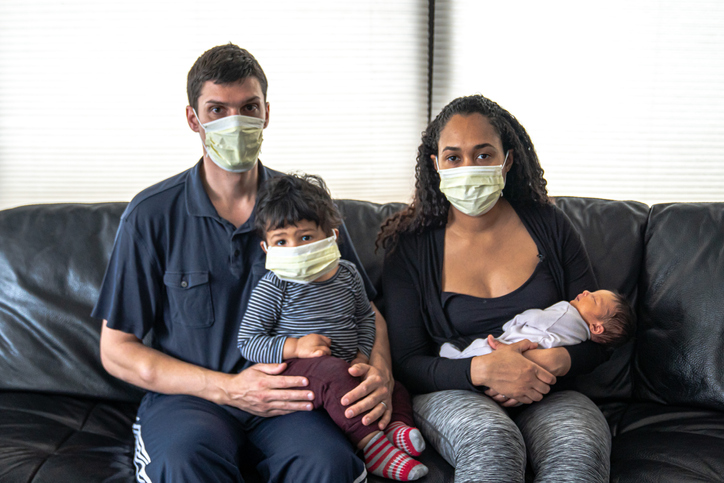The Center for American Progress recently published a piece by Connor Maxwell about how people of color have a greater risk of getting the coronavirus because of structural racism.
Maxwell, Senior Policy Analyst for Race and Ethnicity Policy, Center for American Progress, took time to answer our questions about how and why this is occurring as well as what nurses and other health care workers can do to help.
Why are people of color getting the Coronavirus at higher rates than their white counterparts?
Inequality is magnified in times of national hardship. Occupational segregation has concentrated people of color in frontline essential jobs in industries such as food processing and retail, health care, sanitation, and transportation. Housing segregation has also largely restricted people to densely populated urban areas where crowded grocery stores, public transit, and laundromats are common. Together, these factors contribute to increased racial disparities in coronavirus exposure and infection rates.
Please address the issues with social distancing as well as the economic, health care, and housing systems and how they are contributing to people of color being at greater risk for contracting the virus.
Social distancing is much more difficult for people experiencing occupational, domestic, and urban crowding. People of color are more likely to work in busy food processing plants, grocery stores, and other facilities where maintaining proper social distancing is almost impossible. They are also more likely to live in densely-populated urban areas with less spacious housing and multiple generations under one roof. These factors, combined with insufficient access to accurate and timely information about coronavirus and free testing and treatment, can increase the risk of contracting the virus.
What can state and local governments do to help reduce the risk for people of color?
Here are a few things that state and local governments can do to help reduce the risk for people of color:
- Ensure adequate testing and treatment in areas most vulnerable to the virus.
- Ensure the collection of demographic information upon testing citizens.
- Establish a taskforce at the state level to monitor trends and provide guidance on how to reduce the racial disparities in their state.
Is there anything that nurses and other health care workers can do in order to help reduce the risk for people of color getting the Coronavirus?
Nurse and health care providers need to ensure they are equitably testing individuals coming in seeking health care. They should also support information about COVID-19 being translated in multiple languages so that all patients have access to relevant and important information about how to protect themselves against contracting the virus.
What else is important for nurses to know about this?
Contracting coronavirus is not the fault of individual actions or behavior, but of structures and systems that increase exposure and limit social distancing in communities of color.
- What an MSN Can Do for You - October 18, 2023
- The National League for Nursing: Connecting the Academic and Clinical Worlds for 130 Years - August 16, 2023
- Treating Burnout, Trauma, and Grief with Dance - July 14, 2023



